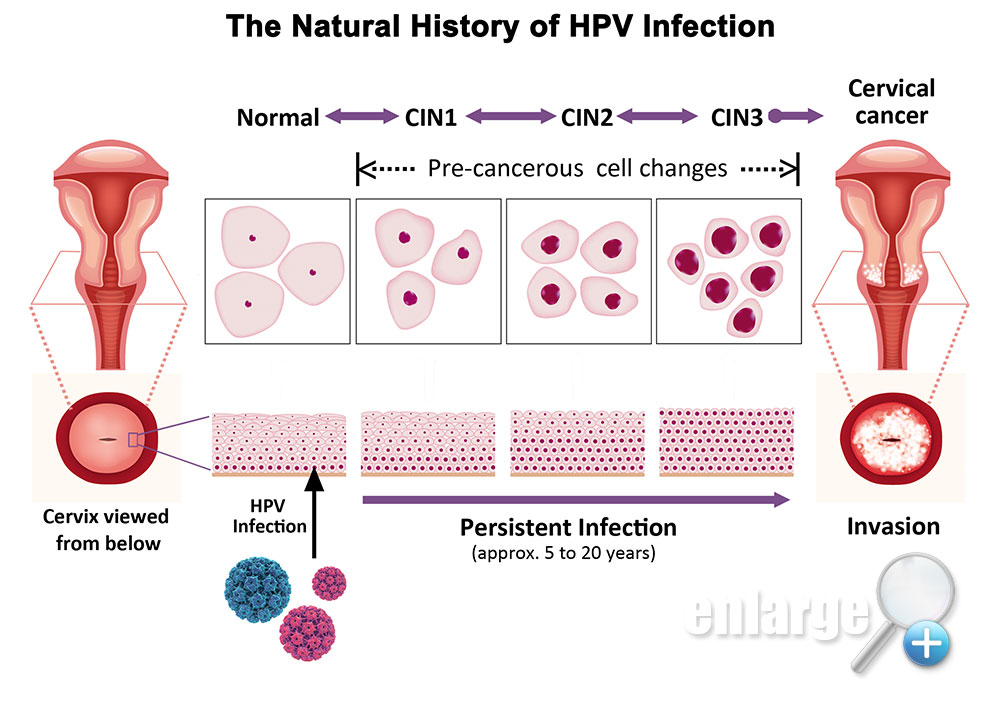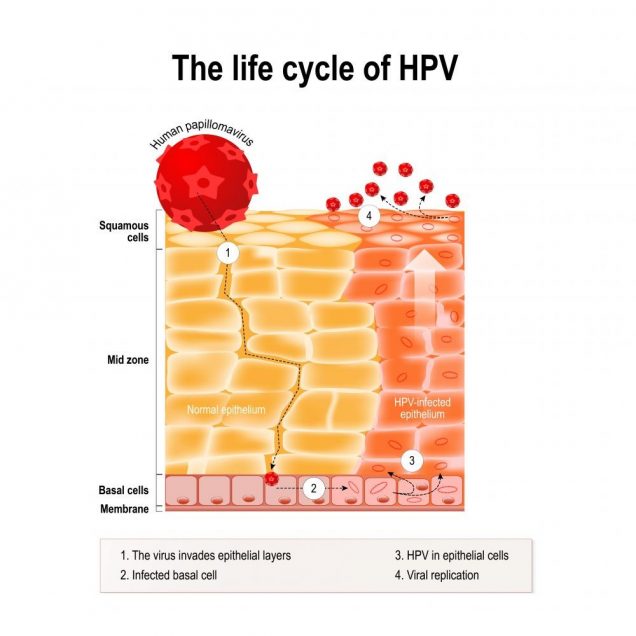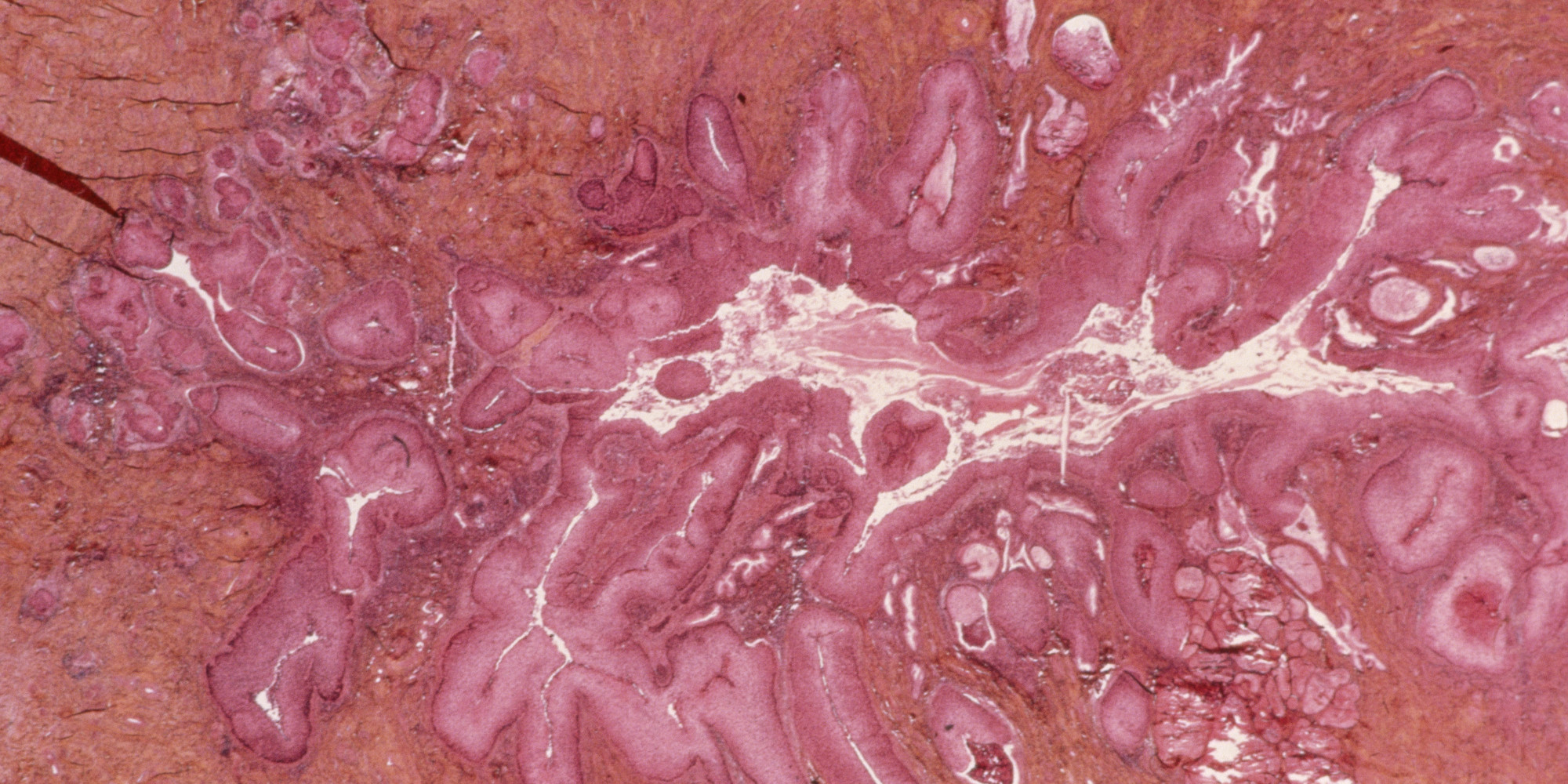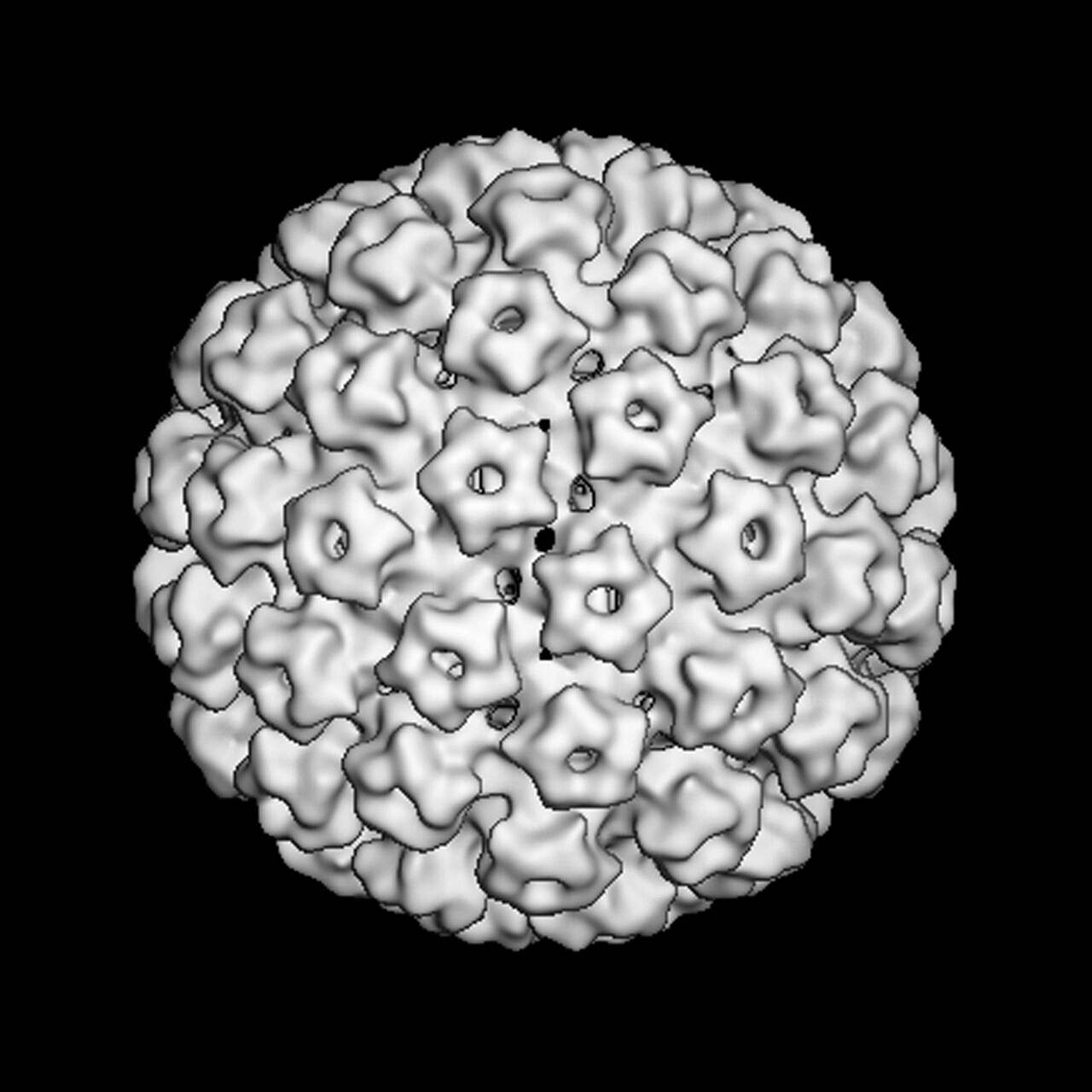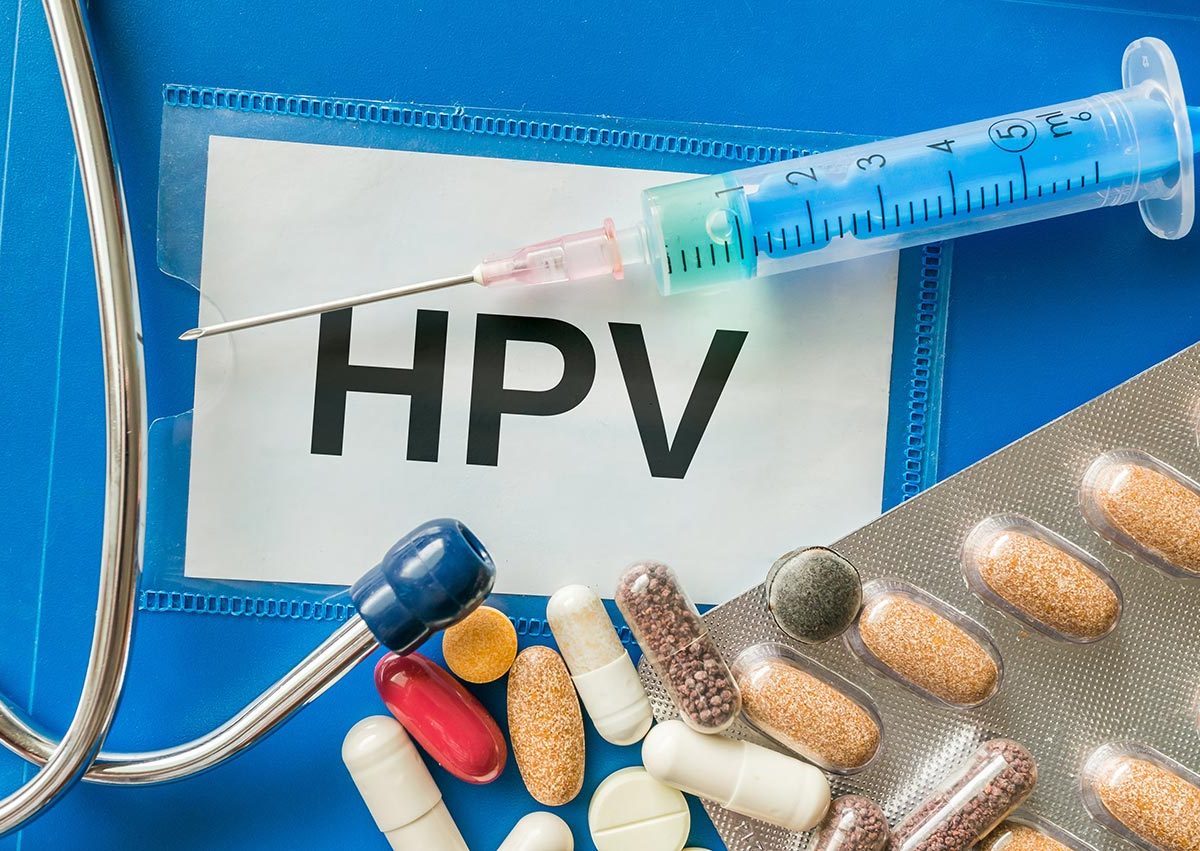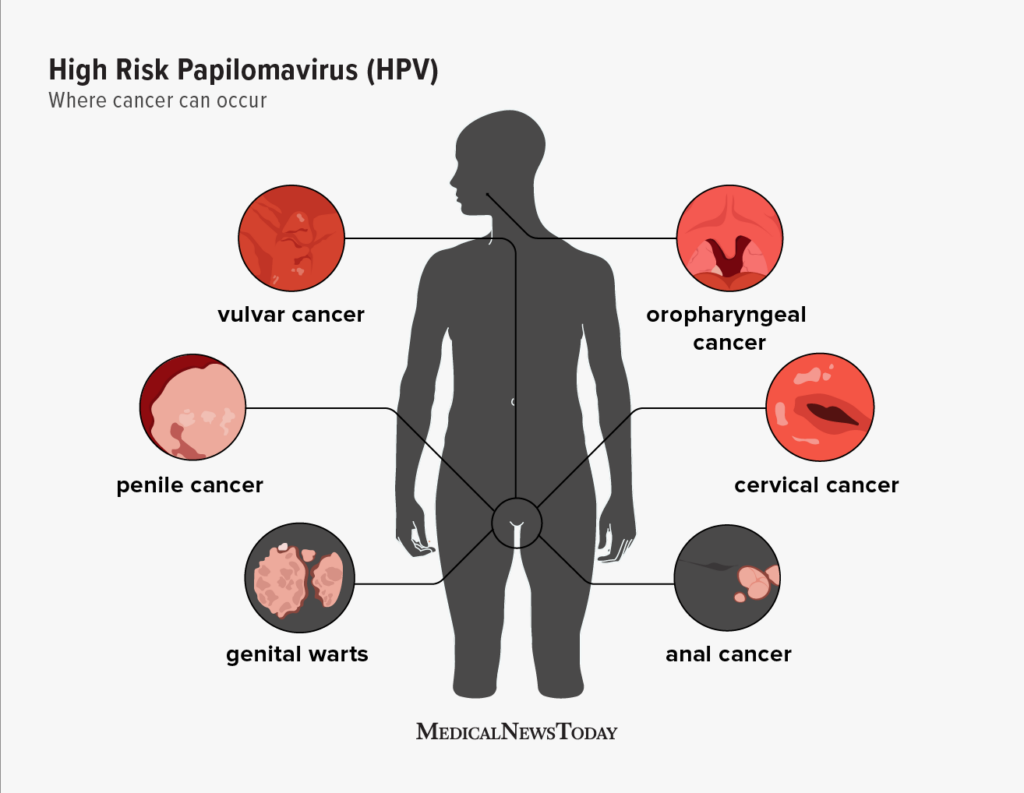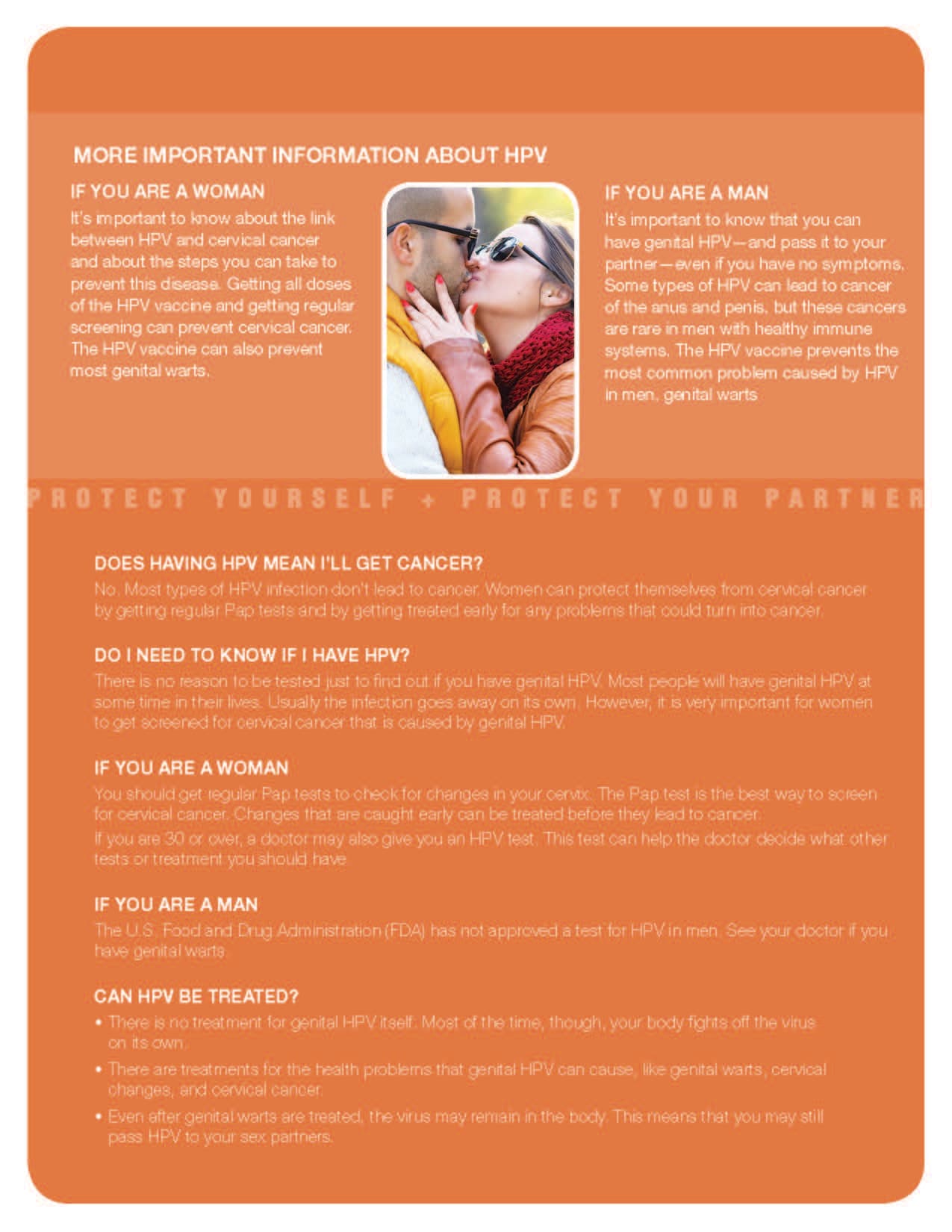Marvelous Tips About How To Detect Hpv In Women

Your doctor might be able to diagnose human papillomavirus (hpv) infection by looking at your warts.
How to detect hpv in women. If a female has low risk hpv, they may see warts on the vulva. Human papillomavirus (hpv) is a series of viruses that can cause genital warts, abnormal cells, and certain types of cancer. Doctors monitor hpv with pap tests that look for abnormal cervical cells called lesions.
One of the most effective prevention methods is vaccination. You get it when your vulva, vagina, cervix, penis, or anus touches someone else’s genitals or mouth and throat — usually during sex. Hpv can infect cells in the vagina and around the vulva.
Human papillomavirus (hpv) is a common virus that can affect different parts of your body. In most cases, the body's immune system suppresses hpv infection before it. These warts may present as:
Testing cells from a woman’s cervix for hpv is used to screen women for cervical cancer. There is no test to find out a person’s “hpv status.” also, there is no approved hpv test to find hpv in the mouth or throat. There are two types of hpv vaccines which are aimed at the most carcinogenic hpv types.
Find a health center how does hpv testing work? There isn’t testing for hpv apart from as part of the national cervical screening programme. Overview what is human papillomavirus (hpv)?
2 min read if you have hpv, you might never know it. Human papillomavirus, or hpv, is the most common sexually transmitted infection (sti) in the united states. How do i know if i have hpv?
Vinegar (acetic acid) solution test. Cervical screening is for anyone with a cervix aged between 25. Hpv is the central risk factor for developing cervical cancer and is the third most common cancer in women 2,3,4.hpv is the most common viral infection of the.
This study aims to investigate the relationship. Hpv infections are common, with more than 42 million u.s. Hpv can be spread even if no one cums, and.
Audio will be available later today. Hpv stands for human papillomavirus. The balance of vaginal microecology is closely related to human papillomavirus (hpv) infection and cervical lesions.
Women ages 30 to 65 are advised to continue having a pap test every three years, or every five years if they also get the hpv dna test at the same time. The test can be done. Through the mucous membranes, such as the inner lining of the nose or mouth, the lining of the eyes, or the genitals through the digestive system (such as the lining of the stomach.
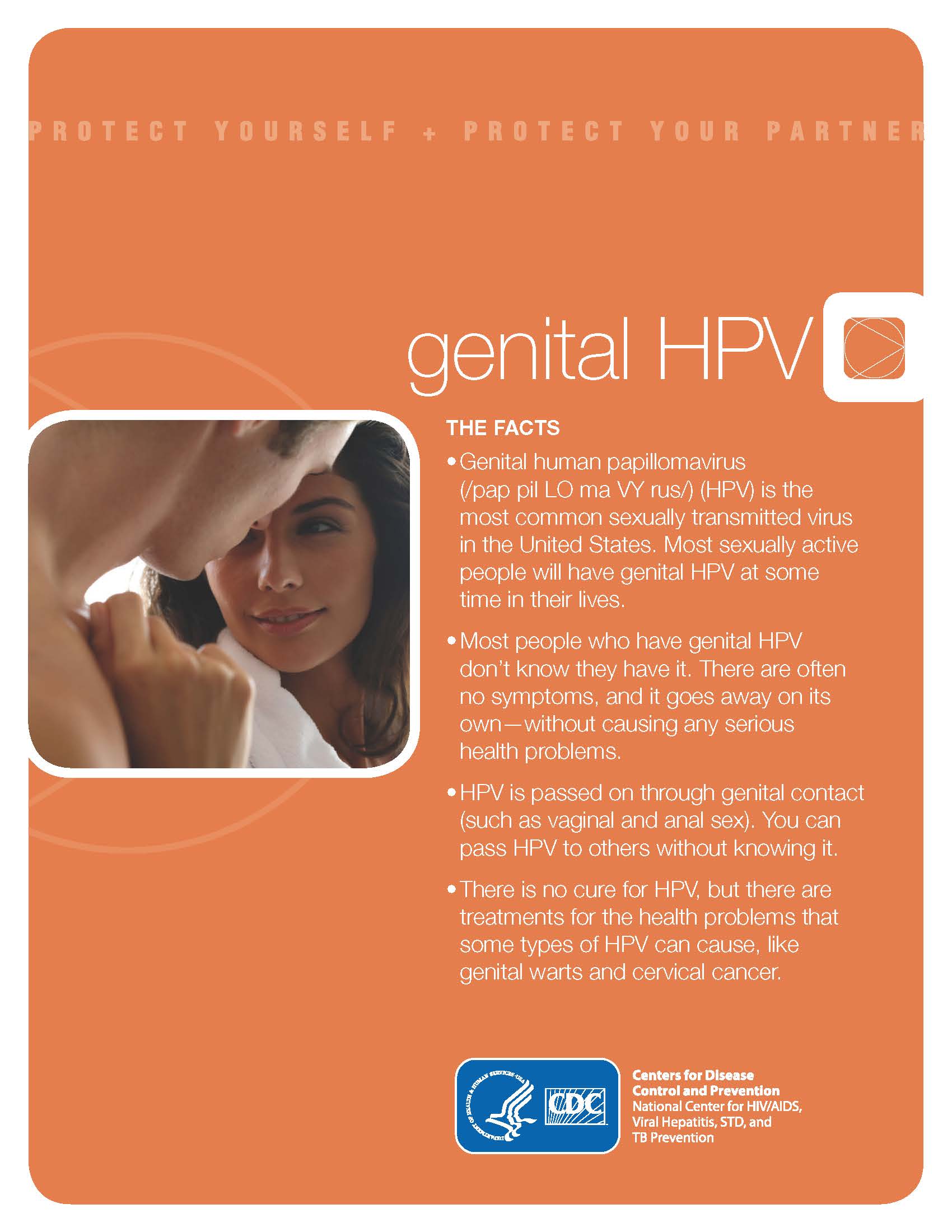
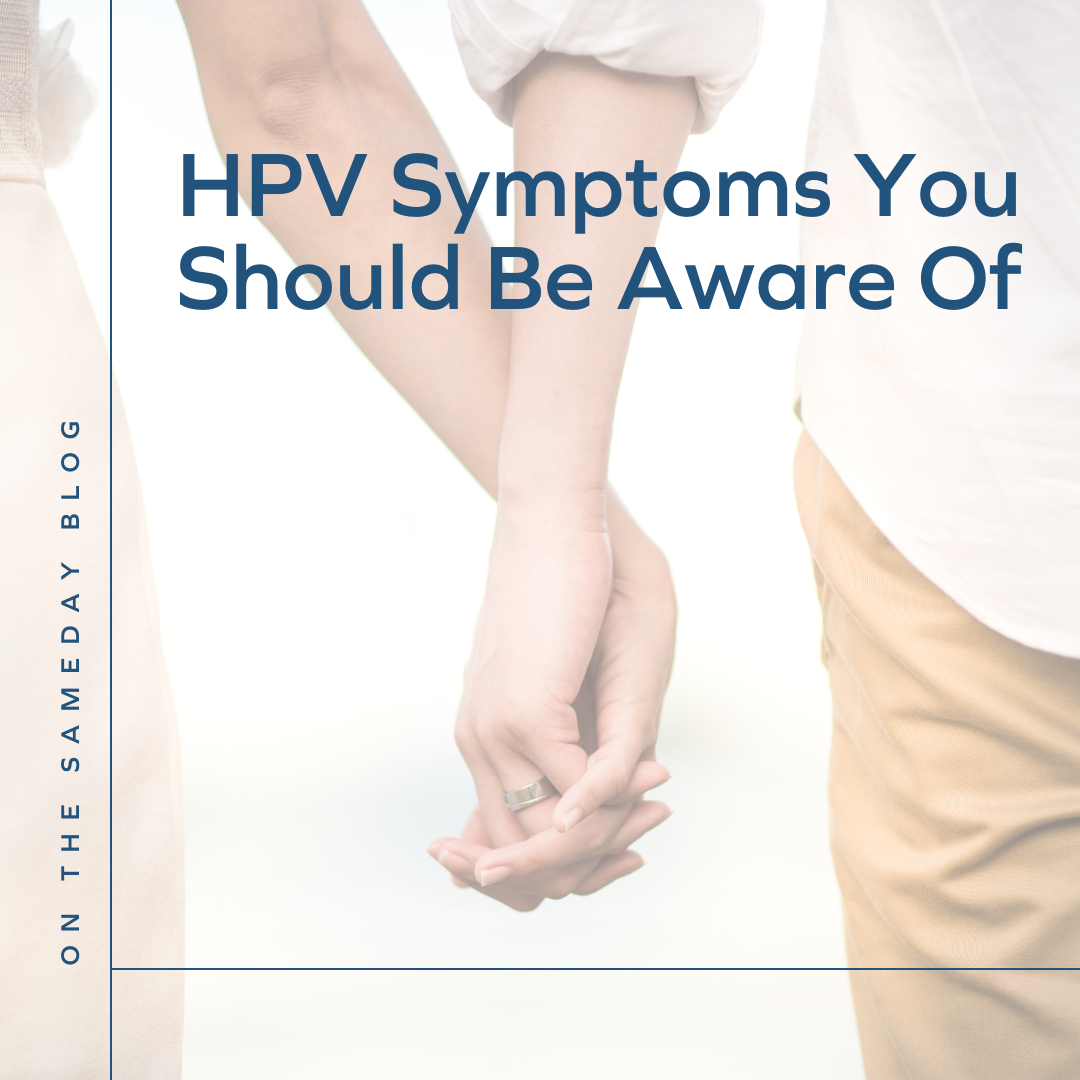.png?format=1500w)

